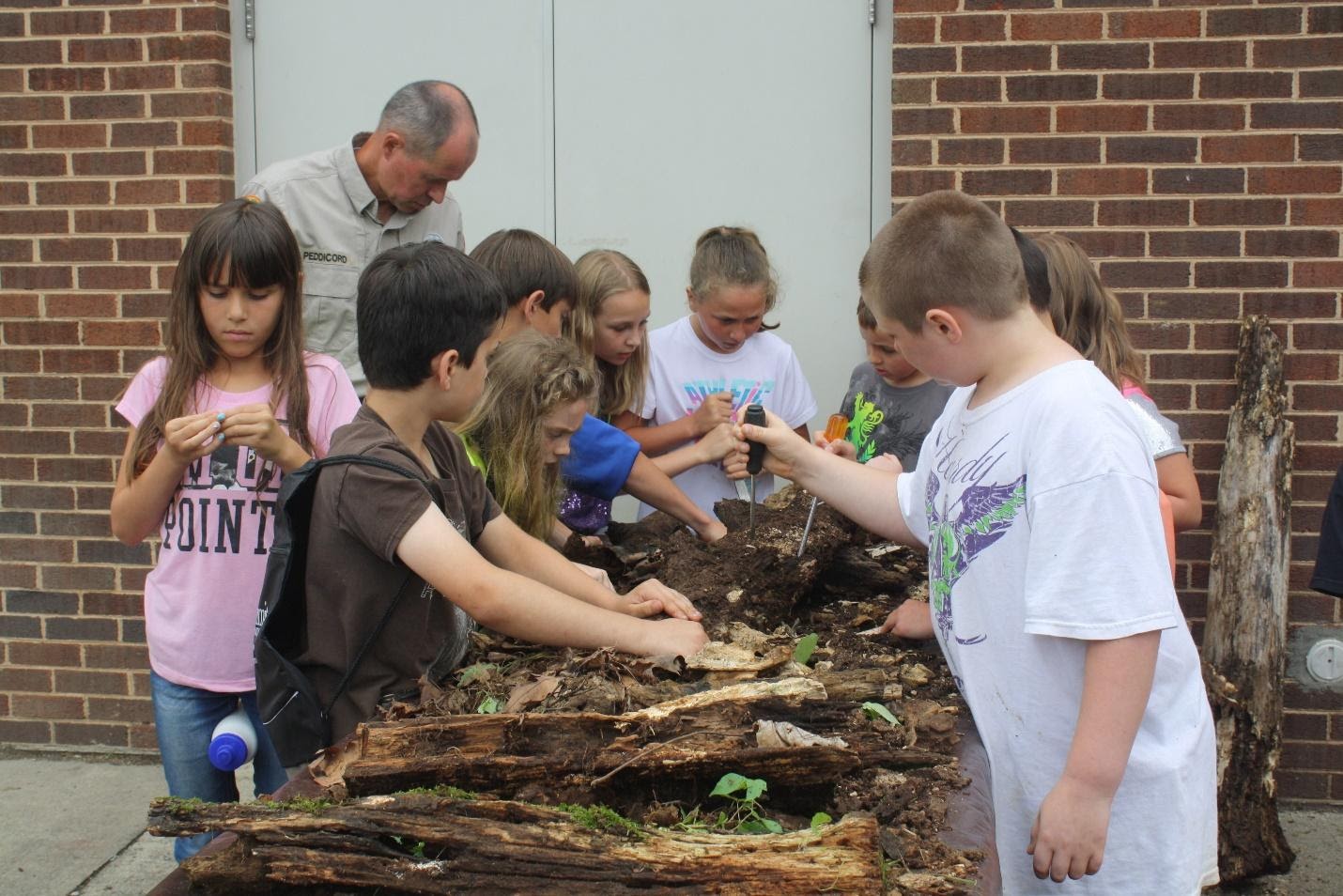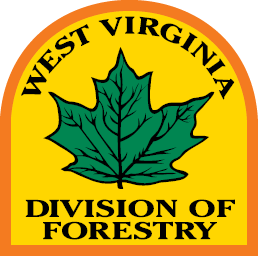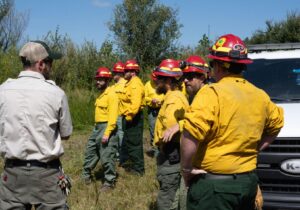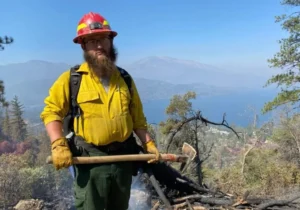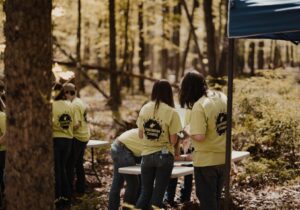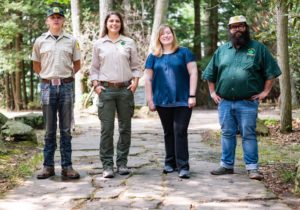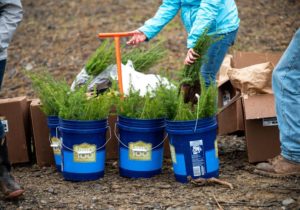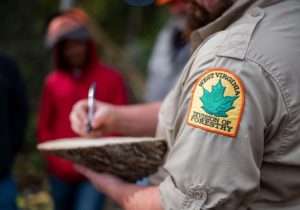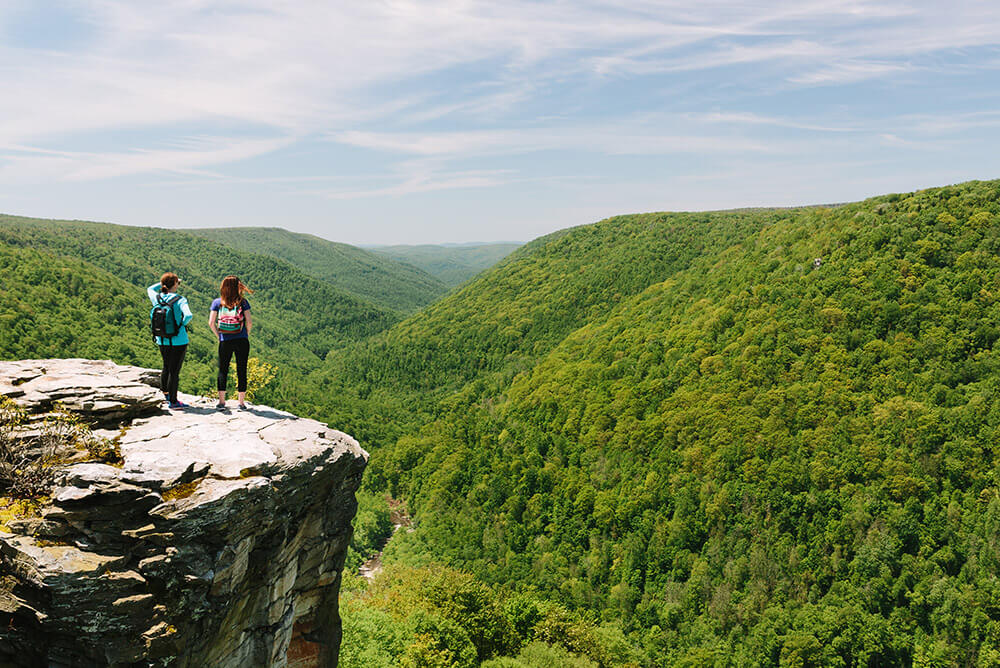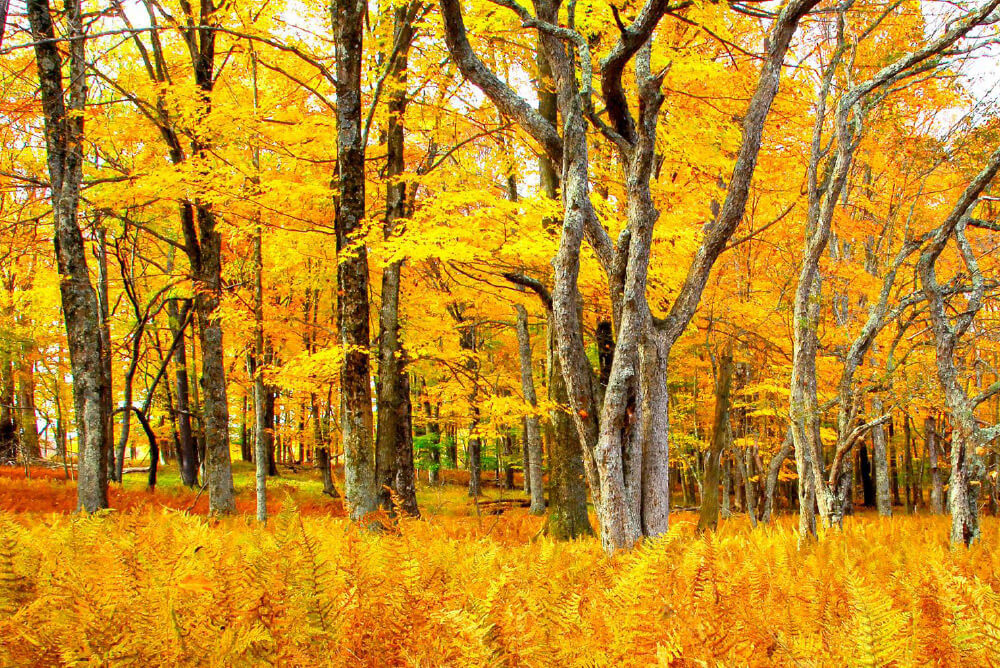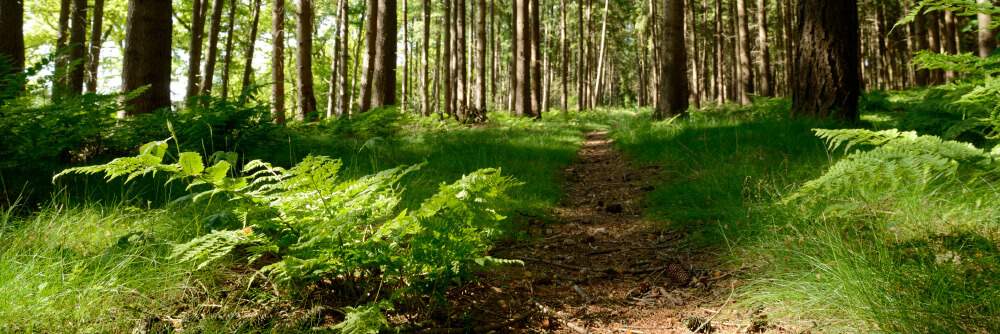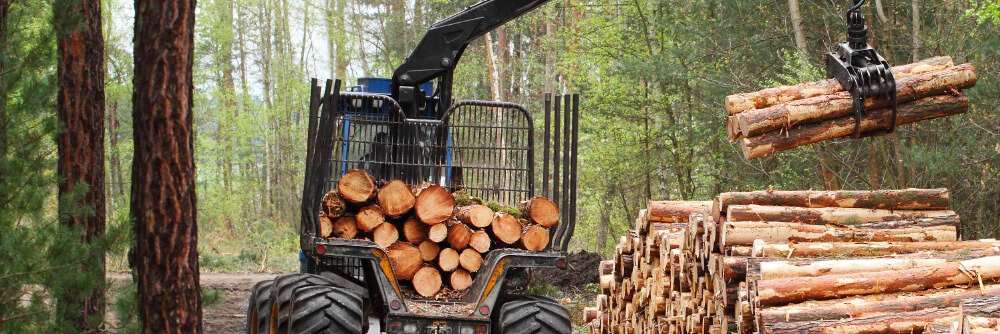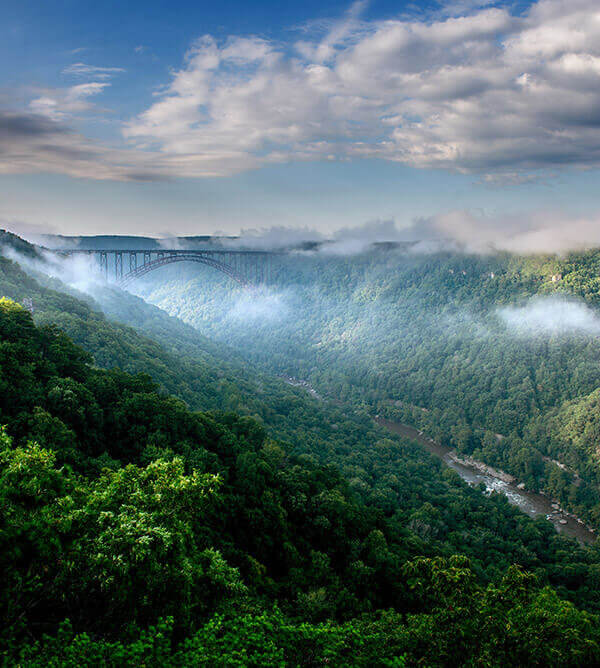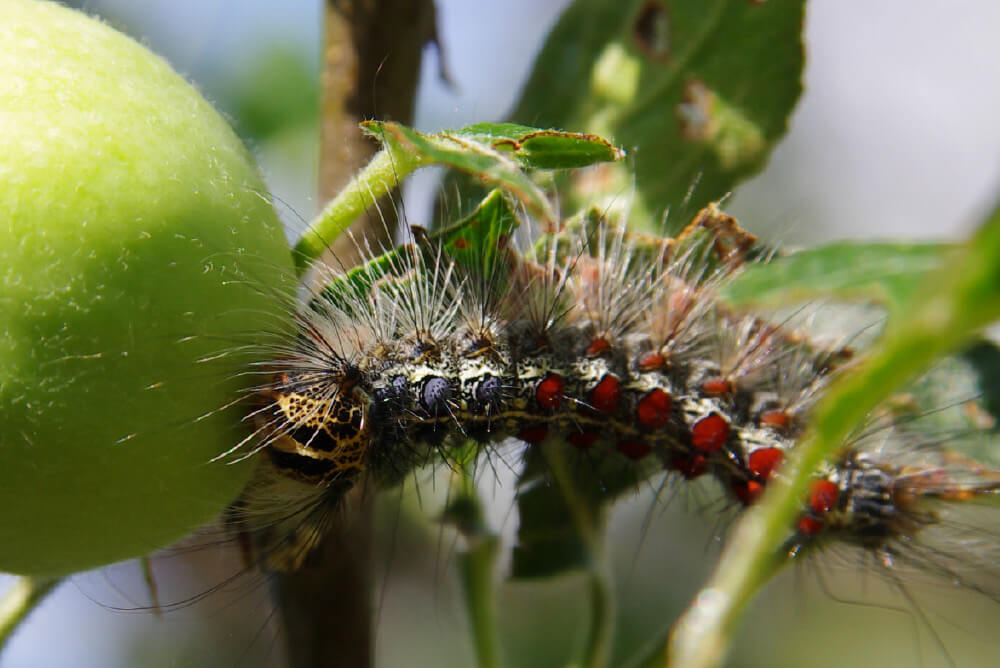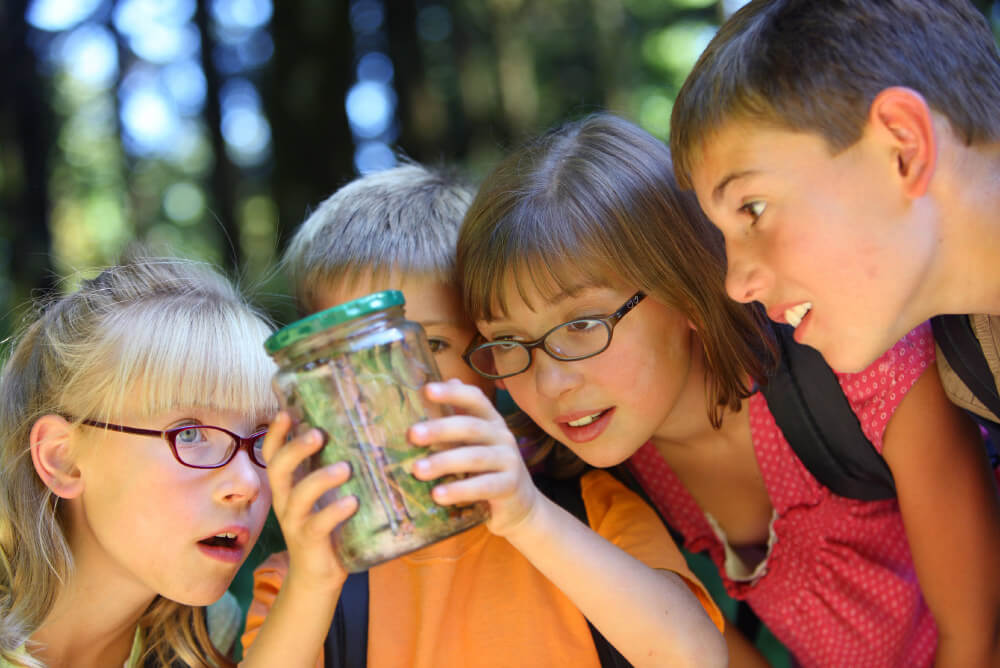Go outside and play.
With family-friendly games and activities from the West Virginia Division of Forestry, you can learn something while having fun.
“I grew up playing in the woods and streams,” said Assistant State Forester Linda Carnell. “I started asking questions about how things worked in nature and that led me into a career in forestry. I also had some very good mentors that helped me understand how important our forests are.”
Carnell also serves as the State Project Learning Tree (PLT) coordinator. Project Learning Tree was created in 1976 to encourage a well-informed understanding of the environment and how it works, using the forest as a “window on the world.” It is currently housed under the Sustainable Forestry Initiative (SFI) and co-sponsored in West Virginia by the state’s Division of Forestry and the West Virginia Forestry Association. Understanding forests is particularly important in West Virginia, the third most forested state in the country.
“We depend on the forests and wood products for our livelihood and for many items that we use every day, such as paper, wood products, medicines, spices and even ice cream,” Carnell said. “We want our next generation to explore the forest. Outdoor activities fulfill a child’s sense of wonderment and excitement for the natural world.”
Many Project Learning Tree programs are intended for educators or trained instructors. Project Learning Tree provides training through in-person workshops or online courses. The organization sells educational guides and other materials online.
Activities such as “Every Tree for Itself” and “Water Wonders” have proven popular, said Carnell, who has led Project Learning Tree classes for children as well as adult trainees.
In “Every Tree for Itself,” players take on the role of trees competing for resources they need to grow and survive. The players must gather essentials such as light, moisture and nutrients – while staying rooted in place. Players, like trees, may have to contend with additional challenges such as wildfire or insect infestations.
In “Water Wonders,” players follow the journey of a drop of water that falls from a cloud and is collected in a stream, a glacier or the ocean; purified; distributed from the environment to plants and animals; and back to the environment.
Project Learning Tree also offers a host of free activities for families.
-
Take a walk in the woods. Families can take a walk through the backyard or a state forest to identify trees. Participants can bring along a printed tree identification guide. Those with smartphones can download the vTree app for identification fact sheets on more than 1000 species of trees.
-
Poet-tree. Visit a state forest, a park, tree-lined city street or your own yard. Look at, touch and smell the trees. Walk around the trees and under their branches. Take photos or draw them. Then back at home, have the children write their own poems about the trees you visited. You can download poem formats from the website.
-
Sound maps. Find a safe, comfortable place outdoors where your family can sit, close their eyes and listen for several minutes. The listeners start the map by marking an “X” for the spot where they sat. The listeners add words or drawings to show the locations of the sounds they heard around them. Talk about what may have made each sound. Discuss how certain animals may have particular features that give them extra hearing advantages. The online activity includes instructions on how to make “fox ears” at home.
Little seeds like these Project Learning Tree activities grew into big career influences for Carnell. She came from an extended family in the medical and health care fields and expected to become a nurse herself.
“When I was 10 years old, I undertook a 4-H project to learn 25 West Virginia trees,” she said. “The next year, I learned another 20. I had a good time identifying so many different species. I enjoyed being outdoors and decided to take a forestry class. That was the end of nursing and the start of forestry for me.”
As a state forester, Carnell divides her time between working on communications and outreach and the field. Her job has included working with water quality, logging sediment control and forest products utilization.
As state Project Learning Tree coordinator, she enjoys passing along the knowledge and appreciation of our forests to kids and their teachers.
“When we do a Project Learning Tree activity, kids have a lot of questions,” she said. “Then all of the sudden you see that lightbulb go off and you know that they get it. That’s what makes it important to me.”
